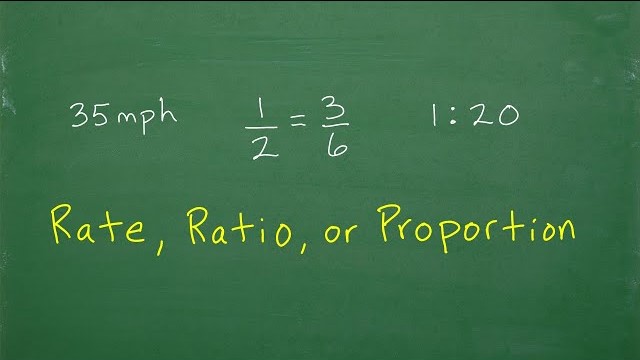📘 About Probability
Probability is the branch of mathematics that deals with how likely something is to happen. It helps us understand chance, uncertainty, and make informed predictions.
Probability is expressed as a number between 0 and 1:
-
0 means an event will never happen.
-
1 means an event is certain to happen.
-
Values in between (like 0.5) mean the event is possible but not guaranteed.
🎲 Key Concepts in Probability
-
Experiment: An action or process, like rolling a die or flipping a coin.
-
Outcome: A possible result of an experiment (e.g., rolling a 4).
-
Event: One or more outcomes (e.g., rolling an even number).
-
Sample Space: The set of all possible outcomes.
-
Theoretical Probability:
Probability=Number of favourable outcomesTotal number of outcomes\text{Probability} = \frac{\text{Number of favourable outcomes}}{\text{Total number of outcomes}} -
Experimental Probability:
Based on actual results of an experiment or data collection.
📊 Skills Developed
-
Logical reasoning and data interpretation.
-
Decision-making based on likelihood.
-
Foundation for statistics, risk analysis, and real-world problem solving.
🧠 Example Topics
-
Coin toss:
Probability of heads = 12\frac{1}{2} -
Dice roll:
Probability of rolling a 6 = 16\frac{1}{6} -
Choosing from a bag:
If a bag has 3 red balls and 2 blue,
P(red)=35P(\text{red}) = \frac{3}{5},
P(blue)=25P(\text{blue}) = \frac{2}{5} -
Calculating multiple events:
e.g., Probability of rolling an even number and then getting heads.




